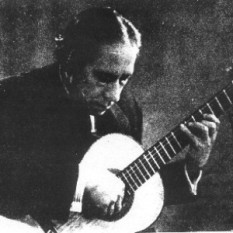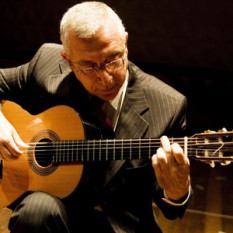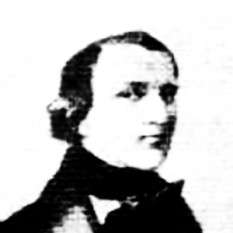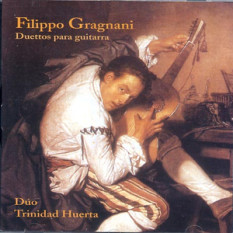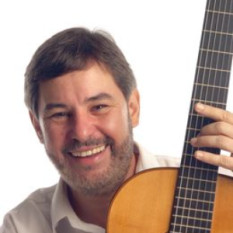The classical guitar (also called the "Spanish guitar" or "nylon string guitar") is a 6-stringed plucked string instrument from the family of instruments called chordophones. The classical guitar is well known for its comprehensive right hand technique, which allows the soloist to perform complex melodic and polyphonic material, in much the same manner as the piano.
The phrase "classical guitar" is ambiguous in that it might refer at least three different concepts:
the instrumental technique — the individual strings are usually plucked with the fingernails or rarely without nails.
its historic repertoire — though this is of lesser importance, since any repertoire can be (and is) played on the classical guitar (additionally: classical guitarists are known to borrow from the repertoires of a wide variety of instruments)
its shape, construction and material — modern classical guitar shape, or historic classical guitar shapes (e.g. early romantic guitars from France and Italy). A guitar family tree can be identified.[1] (The flamenco guitar is derived from the modern classical, but has differences in material, construction and sound[2][3])
The name classical guitar does not mean that only classical repertoire is performed on it, although classical music is a part of the instrument's core repertoire (due to the guitar's long history); instead all kinds of music (folk, jazz, flamenco, etc.) are performed on it.
The term modern classical guitar is sometimes used to distinguish the classical guitar from older forms of guitar, which are in their broadest sense also called classical, or more descriptively: early guitars. Examples of early guitars include the 6-string early romantic guitar (ca. 1790 - 1880), and the earlier baroque guitars with 5 courses.
Today's modern classical guitar is regarded as having been established from the late designs of the 19th century Spanish luthier Antonio Torres Jurado. Hence the modern classical guitar is sometimes called the "Spanish guitar". .



